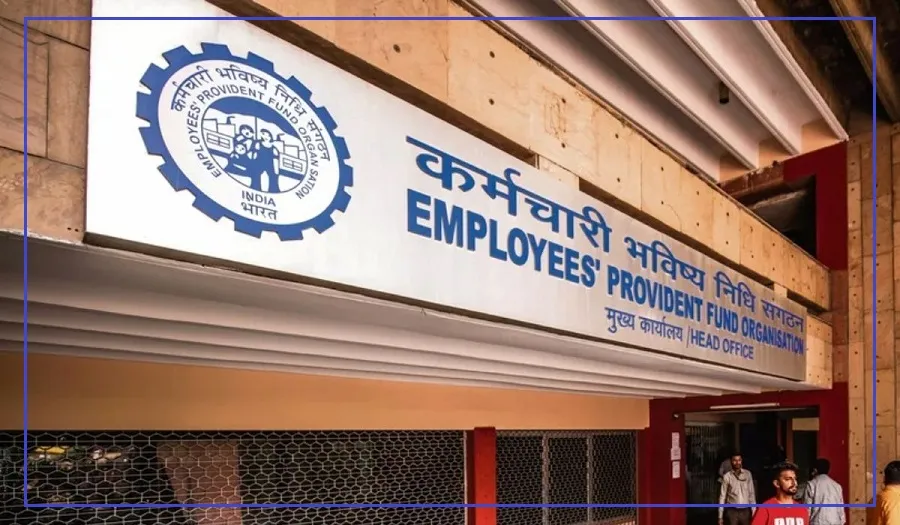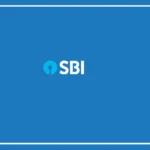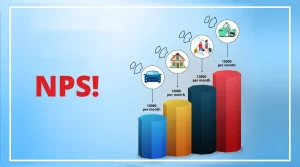Employees working in private sectors rely on their Employees Provident Fund (EPF) savings, especially during financial emergencies.
Managed by the Employees’ Provident Fund Organization (EPFO), the EPF allows subscribers to withdraw their savings under certain circumstances.
While most claims are processed within 10 days, some are rejected due to common mistakes.
Recently, EPFO released a video detailing why claims are often denied and how subscribers can avoid this situation.
Common Reasons for EPF Claim Rejection
To ensure a smooth withdrawal process and prevent claim rejection, it is important to keep the following in mind:
1. Incomplete or Incorrect KYC Details
Ensure your Know Your Customer (KYC) details are accurate and complete. Your Universal Account Number (UAN) must be linked to your Aadhaar card, and your mobile number and address must be updated.
2. Incorrect Personal Information
Check that your personal details, such as name, date of birth, father’s name, and other vital information, match the records in the EPFO system. Any mismatch can lead to rejection.
3. Incorrect Bank Account Information
Double-check your bank details, including the account number, IFSC code, and branch details, before submitting your claim to avoid delays or rejections.
4. Incomplete Documentation
Make sure to attach all required documents, such as identity proof and address proof, with your application. Incomplete submissions can lead to claim denial.
What to Do if Employers Are Uncooperative
In some cases, employers may not assist employees in processing their EPF withdrawal claims, causing delays.
If this happens, you can file a complaint on EPFO’s grievance portal. Additionally, you can reach out to the Labor Commissioner’s office, where the Labor Department will mediate with the employer.
By ensuring that all details are accurate and complete, you can minimize the chances of your EPF claim being rejected.
























